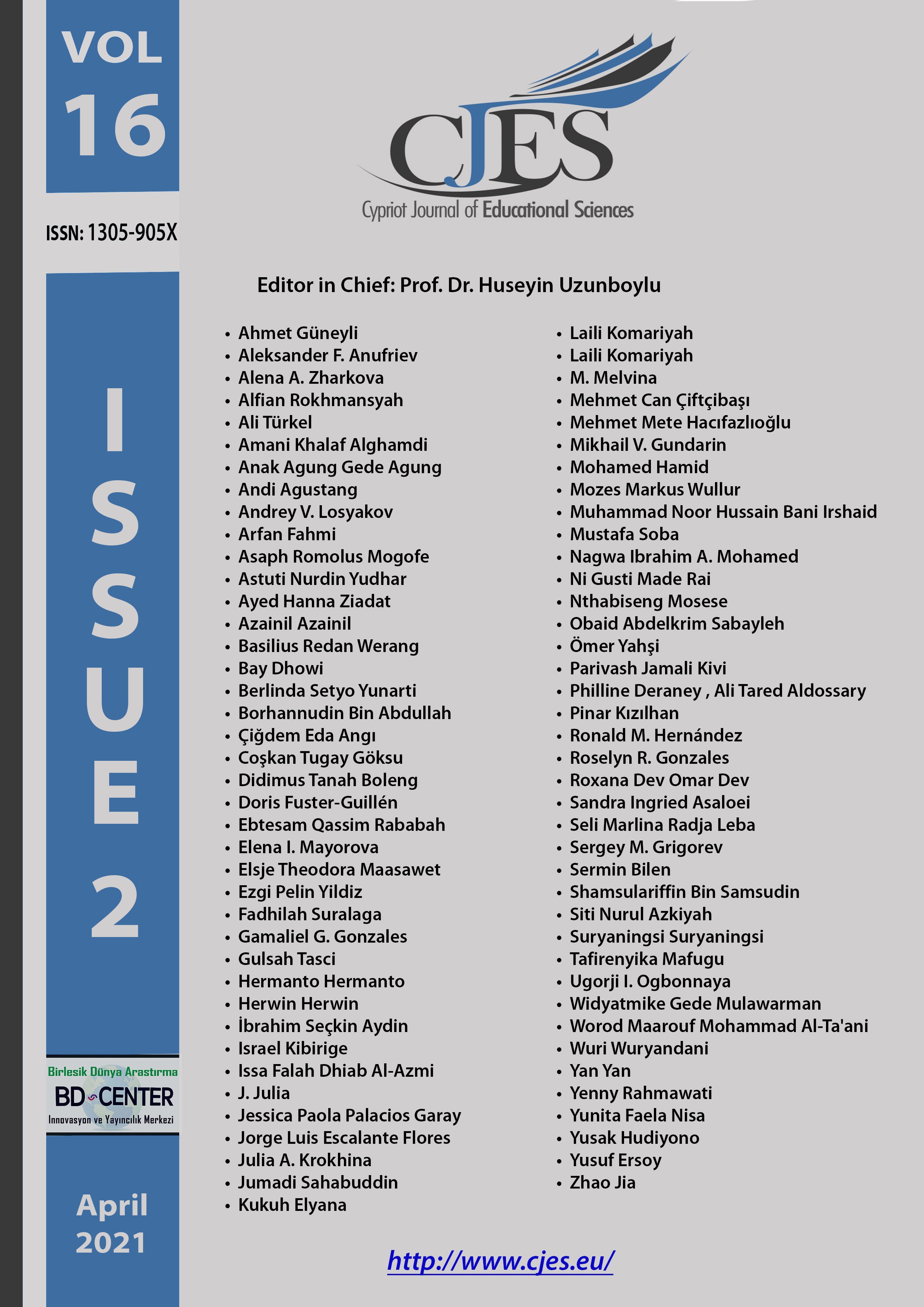Class conversation strategies in junior high schools: Study of conversation analysis
Main Article Content
Abstract
Class conversation in the learning process has important benefits and can facilitate the learning process, students’ understanding of the material and create a close relationship between teachers and students. This study describes the classroom conversation strategies implemented in junior high schools, namely preliminary, core and final at learning activities. The conversion analysis model by Harvey Sacks and communication ethnography were used in this study. Data were taken from recorded class conversations and then transcribed. The respondents of this research are second-grade students at junior high school in Samarinda. The data collected from observation and recording were analysed using content analysis. This study’s results are, first, classroom conversation strategies classified in the opening section, which includes emotional approach strategies, apperception strategies and strategies to condition the class. Second, in the core part of learning, an inductive collaborative strategy was carried out, a deductive assertive strategy, a directive strategy in a non-explicit and explicit manner and a guiding strategy drawing students’ memory. Third, the strategy at the closing section includes summarising the material strategy, a clarification strategy, a reminder strategy and an assignment strategy through convincing steps and assigning students.
Keywords: Strategy conversation, class, conversation analysis.
Downloads
Article Details

This work is licensed under a Creative Commons Attribution 4.0 International License.
Cypriot Journal of Educational Sciences is an Open Access Journal. The copyright holder is the author/s. Licensee Birlesik Dunya Yenilik Arastirma ve Yayincilik Merkezi, North Nicosia, Cyprus. All articles can be downloaded free of charge. Articles published in the Journal are Open-Access articles distributed under a CC-BY license [Attribution 4.0 International (CC BY 4.0)].
Birlesik Dunya Yenilik Arastirma ve Yayincilik Merkezi (BD-Center)is a gold open-access publisher. At the point of publication, all articles from our portfolio of journals are immediately and permanently accessible online free of charge. BD-Center articles are published under the CC-BY license [Attribution 4.0 International (CC BY 4.0)], which permits unrestricted use, distribution, and reproduction in any medium, provided the original authors and the source are credited.

